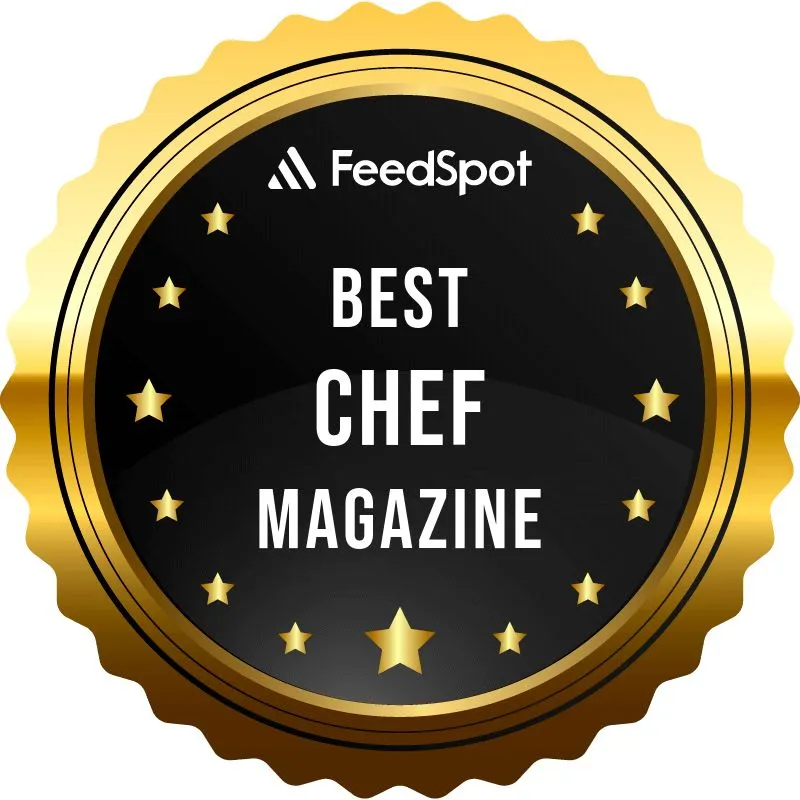Unilever Food Solutions (UFS) is home to some of the world’s best-loved food brands, from Hellmann’s to Knorr Professional. For over 100 years, they’ve been supporting chefs and food service professionals by providing high-quality recipes and superior product solutions.
Their free annual food report, Future Menus, helps chefs stay ahead of the game with the hottest trends, recipes and techniques, while the UFS Training Platform offers best-in-class culinary masterclasses, leadership training and wellbeing resources to drive positive kitchens.
The 2024 Food Menus report explores the major trends dominating the industry, from the rise of Plant-Powered Protein to Local Abundance, or the increased demand for locally sourced produce.
Within the context of soaring ingredient prices and business costs, one trend has emerged as particularly relevant to the changing needs of the industry: Low-Waste Menus. Research tells us increasing profitability is the main reason why chefs embrace this trend, while 54% do so to be more sustainable.
In the report, the rise of Low-Waste Menus is explored through two main avenues – Less Is More: The Benefits Of A Smaller Menu and How To Get Creative With Waste. While the former focuses on crafting more selective and data-driven menu options, the latter is brimming with solutions to help you reimagine your approach and make the most of your ingredients.
As we explain, “waste” has always been a dirty word when it comes to food. Specifically, it conjures up images of rotting vegetable offcuts piled up at the bottom of the bin. In recent years, buzzwords like “upcycled” and “ugly foods” have helped to shift the negative narrative surrounding food waste, and chefs are embracing the idea of getting creative with would-be waste.
With the cost of produce rising year-on-year, it’s never been more important to make use of every last edible part of the ingredients we use. This is something Brandon Collins, Executive Chef for UFS North America, is passionate about. “Anything that you don’t throw into the bin is going to translate to dollars on the plate,” he explains. “Utilizing would-be waste provides excitement for customers and also forces us chefs to be more creative and adventurous.”
“One of the very first ways that I got into utilizing waste was thinking about the things that I knew were edible,” Brandon shares.
“Cores of cauliflower, broccoli stems, mundane things that we often throw out can be turned into soups. Or perhaps take those stems and slice and pickle them.”
Brandon adds, “One of the things that I’ve done with banana peels is dice them really small, mix them with vinegar, sugar and a little bit of jalapeño and then use it over oysters. It became a cool mignonette sauce. Super simple, but it brought that beautiful fruitiness of the banana out.”

Chef Brandon Collins offers five tips on how to start your food upcycling journey.
1 Find the Perfect Pickle Brine
My top tip is to find a pickle brine that you love. Once you have a universal brine, you can pickle anything. You can ferment or pickle garlic, you can pickle cabbage, eggs, whatever you want!
2 Do Your Research
One of my go-to books is Surplus: The Food Waste Guide for Chefs by Vojtech Végh. It’s amazing and full of useful information.
3 Eat Global
There are so many cuisines that are based on fermented food, preserved food or the utilization of waste. So start exploring!
4 Look to the Past
If you look at historic recipes, they utilize everything. Looking back into the past can help propel us into the future and inspire us.
5 Rethink Waste
Look at what you throw in the bin, or what you traditionally remove from an item and ask yourself if you actually have to remove it. Do I have to peel that carrot? Do I have to peel that banana? Are these things necessary for creating the dish or the flavor profile that I’m looking for? Nine times out of ten, leaving it on actually creates a better dish.
Stay prepped for tomorrow by downloading the free report here.















